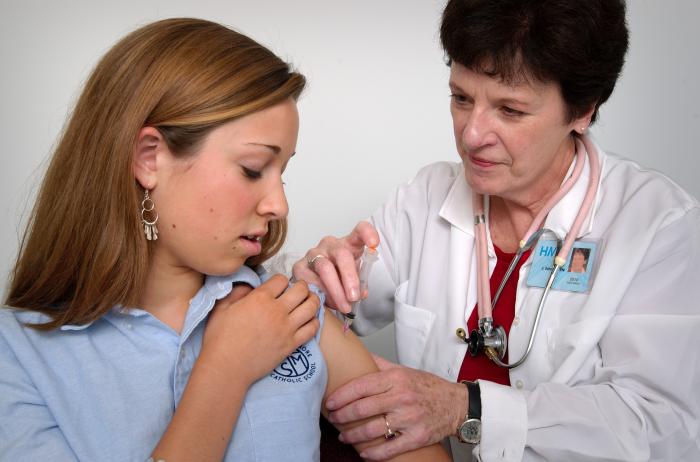Post-Traumatic Stress Disorder: what you need to know
A car backfiring. A dark alley. A crowded concert. These are just a few examples of everyday occurrences that could be triggering for someone experiencing post-traumatic stress disorder. But when does PTSD start? What are the symptoms people should be aware of?
We asked Dr. Asim Shah, professor and executive vice chair in the Menninger Department of Psychiatry and Behavioral Sciences, to answer some questions about this disorder and how people can get help for themselves or their loved ones.
 Question: What is post-traumatic stress disorder?
Question: What is post-traumatic stress disorder?
Answer: It’s a mental health condition that is triggered by any life-threatening event. There are multiple types of PTSD with the most common experienced by veterans who were in war or combat situations. Another common type is PTSD brought on by sexual, physical and emotional abuse. It is important to note that PTSD is something that starts a month after that life-threatening event. The reason why we say a month is that some sort of stress is normal after a traumatic event, but if it continues to be a problem after a month, then it means you’re having full-blown PTSD.
Q: Who is more likely to experience PTSD?
A: Around 12 million people in the U.S. are living with PTSD during a given year. It is something that impacts young to middle-aged people with onset usually in the 20s. Typically, we see more men with combat PTSD while we see more women with PTSD associated with sexual abuse.
Q: What are some common symptoms?
A: Some common symptoms of PTSD include:
- Flashbacks
- Nightmares
- Anxiety
- Mood changes
- Paranoia/hallucinations
- Memory loss
- Feelings of sadness or depression
- Feelings of isolation
- Not eating or eating less
- Not interacting with loved ones
- Lethargy
Q: Are there ways to identify your triggers? If so, what are they?
A: The triggers are connected to the PTSD event the person experienced. It could be the sight, the sound, the smell or the thought of the event. For example, a patient could avoid watching the news coverage of wars as it could trigger their PTSD. Once a patient can recognize their triggers, then they can start to think about how they can avoid the triggers until they can meet with a professional to work through them.
Q: What are some current treatment options available?
A: There are two options: one is medication and the other is therapy. Therapy is the most effective option. Exposure therapy is slowly introducing patients to their triggers with some supervision. This can help patients gain confidence and better cope with the situation. Cognitive Processing Therapy and Eye Movement Desensitization and Reprocessing Therapy are other options.
Q: What are some ways to help loved ones who are experiencing PTSD?
A: The biggest thing is to be supportive and understanding of the person experiencing PTSD. If you feel they are suffering, take them to get some help – don’t just sweep it under the rug.
By Anna Kiappes



